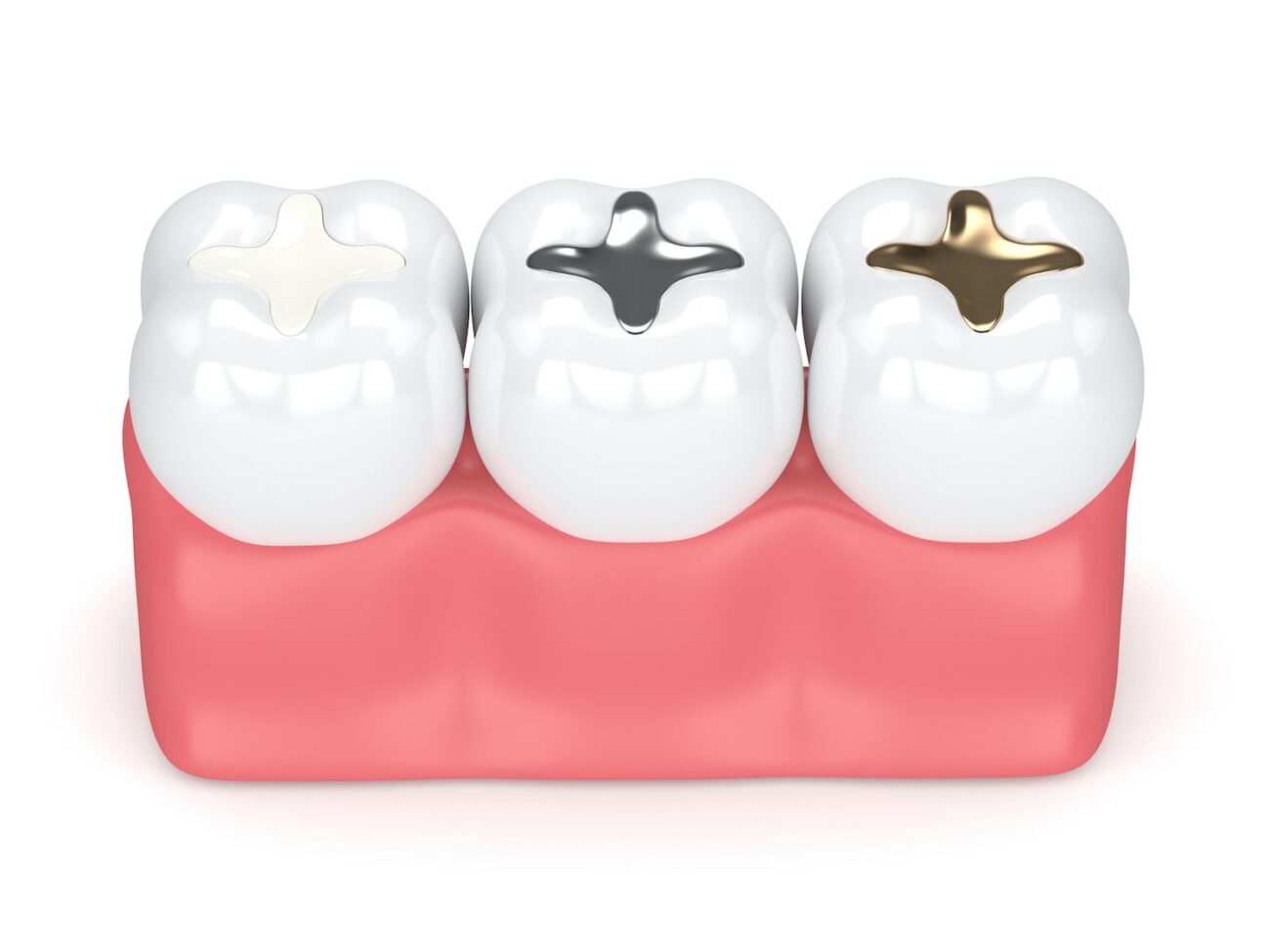What is tooth filling?
A tooth filling is a dental procedure used to restore a tooth that has been damaged by decay, wear, or minor fractures. The process involves removing the decayed or damaged portion of the tooth and filling the space with a material that restores the tooth's structure, function, and appearance.


When is it necessary to fill a tooth?
- Cavities: Decay has created a hole or cavity in the tooth, and a filling is needed to prevent further damage.
- Cracked or Broken Teeth: Repairs minor cracks or fractures in the tooth structure.
- Worn Teeth: Restores teeth worn down by grinding (bruxism) or other factors.
- Preventing Further Damage: Small areas of decay need to be filled to protect the tooth's integrity.
What types of tooth fillings are available?
- Composite Fillings: Tooth-colored fillings made from a mixture of plastic and fine glass particles. Blend well with natural teeth.
- Ceramic Fillings: Porcelain-based, stain-resistant, and durable. Ideal for larger fillings.
- Gold Fillings: Highly durable and long-lasting, but more expensive than other materials.
- Glass Ionomer Fillings: Release fluoride over time, protecting against further decay. Suitable for low-pressure areas.
What materials are used in tooth filling?
- Amalgam: A combination of metals, including silver, mercury, tin, and copper.
- Composite Resin: Tooth-colored material made from plastic and fine glass particles.
- Porcelain/Ceramic: Durable, tooth-colored material used for ceramic fillings.
- Gold Alloy: Gold-based material known for its durability and longevity.
- Glass Ionomer: Made from glass and acrylic, releases fluoride to prevent further decay.
What does the procedure look like?
- Examination and Preparation: Dentist examines the tooth using X-rays to determine the extent of damage. Local anesthesia is applied.
- Decay Removal: Decayed or damaged portions are removed using a drill or laser.
- Tooth Preparation: The cavity is cleaned and shaped for the filling material.
- Filling Placement: Material is placed into the cavity. Composite fillings are cured layer by layer with a special light.
- Shaping and Polishing: Filling is shaped to fit the natural contours of the tooth and polished for a smooth finish.
What are the risks of tooth filling?
- Tooth Sensitivity: Temporary sensitivity to hot, cold, or pressure after the procedure.
- Allergic Reactions: Rare, but some people may be allergic to materials, particularly amalgam.
- Filling Wear and Tear: Fillings can wear down or become loose, requiring replacement over time.
- Infection or Further Decay: Improperly sealed fillings can allow bacteria to enter and cause decay.
- Cracks or Breaks: Composite or ceramic fillings may crack under pressure.